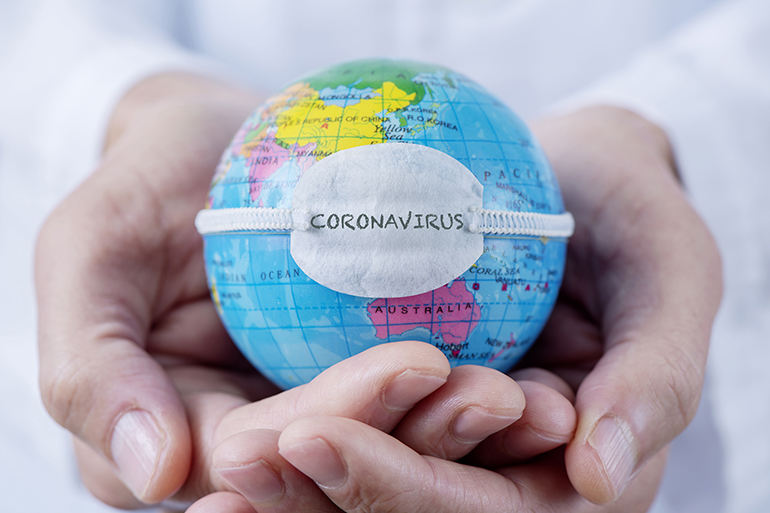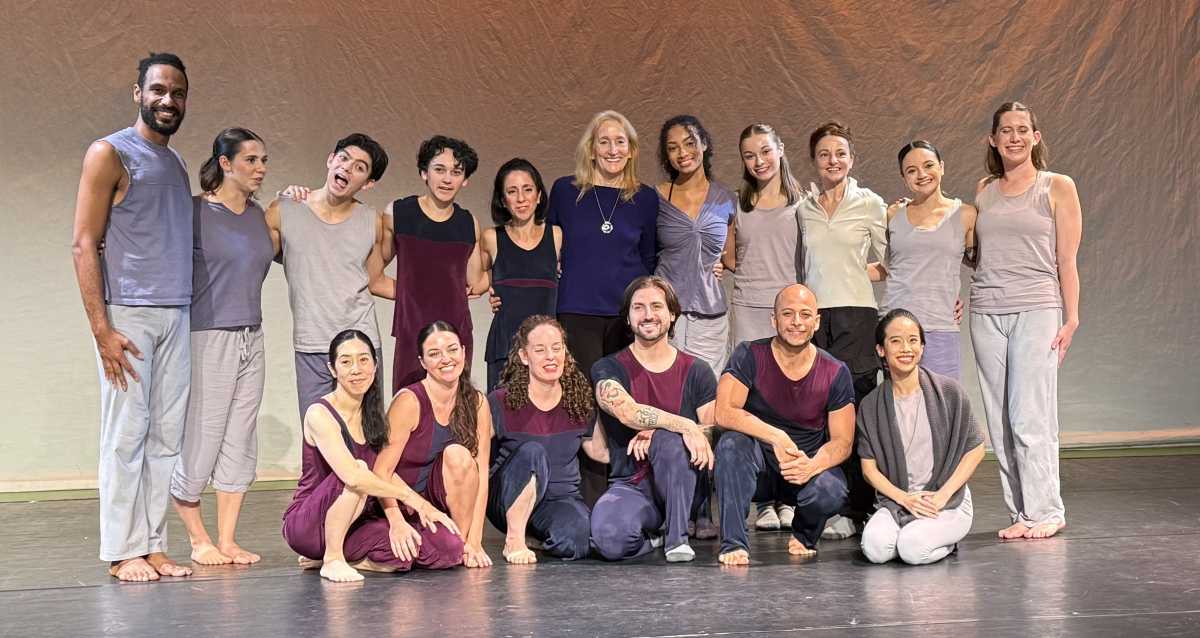Your Guide to Social Distancing and Staying Healthy on the East End

With COVID-19 cases on the rise, the Centers for Disease Control (CDC) and other agencies are recommending “social distancing,” the practice of limiting social interaction to minimize the spread of disease. It encompasses events such as large (think concerts and museums) and small (think parties and plays) and actions such as avoiding handshaking and hugs, and driving instead of taking mass transit. Social distancing is the reason that people are working from home, schools are closed, and non-essential medical visits may be canceled. It may seem like an introvert’s dream and an extrovert’s nightmare, but either way, it is critically important to ensure that the most vulnerable among us don’t get sick. To most young, healthy individuals who will develop a mild case of COVID-19, it will seem like the common cold. Some of these people may not even have symptoms. But, here’s the dangerous part…it doesn’t matter how well you feel, if you have the virus, you can pass it along to others who may not be as lucky.
KEEP UP TO DATE WITH OUR EAST END CORONAVIRUS UPDATES.
With the summer season starting a bit early in the Hamptons, both in terms of unseasonably warm weather and groups of Manhattanites who have headed east for some respite, what are the best ways to accomplish social distancing on the East End?
First, accept that it’s the safest and most responsible option! Whether you are in a low-risk group or have some high-risk factors (i.e. people older than 70 years of age, those with lung disease, diabetes or immunocompromised states), social distancing is the best way to keep everyone safe. COVID-19 is now documented to have “community spread”—meaning that people are getting infected with COVID-19 without a known exposure. Enough people in our communities who are infected and probably don’t know (or have chalked their symptoms up to a cold) can be infecting other people, who may be at higher risk. The mortality risk for those over the age of 80 is as high as 15%.
What does this mean in real life? Just because schools are closed, this is not the time to arrange playdates and outings for your children. Use the opportunity to stay home and spend time with your kids, rely on distance/ remote learning options arranged by your child’s school. While children seem to have the mildest cases, they are often in contact with those in the highest risk group (such as their grandparents, who are filling in for child care needs in the absence of school).
If you can, work from home, or go in only when it’s essential. This will help protect your neighbors who don’t have that luxury, such as first responders and health care providers. When you do have to go to the office, make sure to clean shared surfaces—COVID-19 can live on hard surfaces for days—and try to stagger the time you and your co-workers are in the building at the same time. If you are able to stay home, it’s not the time to get together with your friends for an impromptu brunch, book club or happy hour. The same rules for kids apply to adults as well. It’s time to stay home, communicate electronically, and finish those lingering home improvement and organizational projects on your to-do list.
Second, be understanding of new rules and guidelines. Most hospitals, including the ones on the East End, are only allowing visitors for hospitalized children and in other rare circumstances, and most medical facilities are requesting that patients don’t bring extra people to appointments, unless they are physically unable to attend without a support person. As frustrating as it may be, try to remember that these are not rules designed to be hostile or isolating—it is simply the medical community’s way of trying to stem the tide of a dangerous illness. Same thing applies to new restrictions on volunteers—while you are always deeply appreciated, social distancing is a way of protecting both you and those you serve. Find new ways to help, whether it’s remotely or financially.
Third, be mindful of what you need and plan ahead. Find out what provisions your pharmacy, local stores, and favorite restaurants have made to make your life safer. Take advantage of free medication delivery services, special supermarket hours for senior citizens, and curbside pick-up for meals. By doing this, you can continue to support the East End’s small businesses, without making your neighbors sick (or getting sick yourself). While you’re out, be mindful of what you’re touching (i.e. potentially contaminated surfaces…and your own face). Use store-provided wipes or bring your own to clean shopping cart handles and other commonly handled surfaces. Wash your hands when you get home—and remember to make sure your children do the same. And, if you’re fortunate enough to have what you need at home, please don’t go out!
Fourth, remember that it’s still okay to be outdoors. Even though it’s not safe to go to your regular gym, buying a spin bike or treadmill is not the only option! Walking, jogging or cycling is perfectly safe—especially when done on your own. If you’re headed for a beach or park, try to choose hours that are less busy and likely to be less crowded, and keep your distance from others enjoying the same thing. Again, wash your hands as soon as you get home!
Fifth, if you’re sick, please stay home and contact your primary care doctor. Your doctor can help assess your symptoms and help you figure out the best place to go for help. You may be sent to a triage center at a local hospital, the emergency room or other locations. If you are sick, please avoid others and remember to cough and sneeze into your elbow or tissue. Frequent hand washing, use of alcohol-based hand sanitizers, cleaning of high-touch surfaces, and avoidance of touching your face can help stop the spread of COVID-19.
If you need more information about COVID-19, Suffolk County’s response, or social distancing, check out cdc.gov and stonybrookmedicine.edu/patientcare/coronavirus.
Dr. Rina Meyer is a board certified pediatric hematologist-oncologist at Stony Brook Children’s and Assistant Professor of Clinical Pediatrics at the Renaissance School of Medicine at Stony Brook University. Her views are her own and do not necessarily represent the views of Stony Brook Children’s and the Renaissance School of Medicine.









